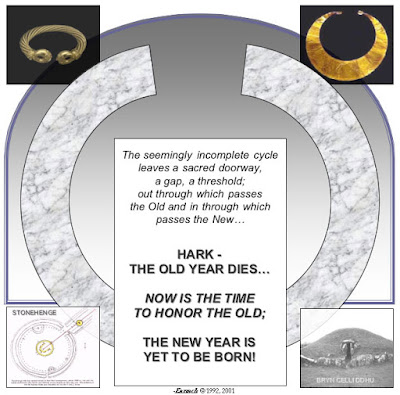We humans are great at a lot of things; building cities;
burning them down, etc., but there’s one thing we really are great at and that is…
whining.
“ Whaaaaah, there’s a lousy corn crop this year !!" (2012)
( -now that’s understandable, right?)
“ Whaaaaah, there’s too much corn this year !!" (2013; 2014)
( -Really? Look it up. Omg!)
A blessed break after several "brutal" summers...
Well… I’ll admit that, around here, the last four or
five summers previous to this one (2013,) have been, in a word, “brutal.” We’re talking
Pittsburgh here, not Galveston or Biloxi… When we go for several weeks at a
time in the 90’s every single day, even 80’s at night; with high humidity as
well, we’re just not geared for that kind of climate; and suffer we did for several years in succession. At our house we were ill-prepared for summers like those, with no all-house AC (just one in the bedroom window) and no functional AC in the car...
Am I whining? No. I've not come here to whine, I've come here to give thanks. Yes, those summers were absolutely brutal, but this year? Ah, this year's was definitely not.
Looking back now, from October's Door
I can't recall a better balanced summertime, with warm days and cool nights and rain every couple days with a nice balance of sunny days between. Just ask the gardens around here, they'll tell you the truth. Other than that nasty Tomato Blight that got most of us, everything well tended grew and flourished fabulously this year. And the local farms? Have you ever seen cornfields like this year's? This fills me to overflowing with a sense of gratitude. Years to come may not be like this one again for - who knows how long? Yes, give thanks this Autumn, celebrate and share with all the story of one year's good and gentle fortune... farewell sweet Summertime, 2013.
Thanks to you, Great Mother of abundance,
Thanks to you, Wind and Rain and Almighty Sun.
Continued remembrance and
Deepest gratitude to the All Above, and Those Below...
As I once again declare to thee and thine,
BLESSED IS THE
GREAT WAY OF THINGS !
- Earrach, Oct. 1st, 2013
photo: "The vista at Thomas" by earrach (c)2011














